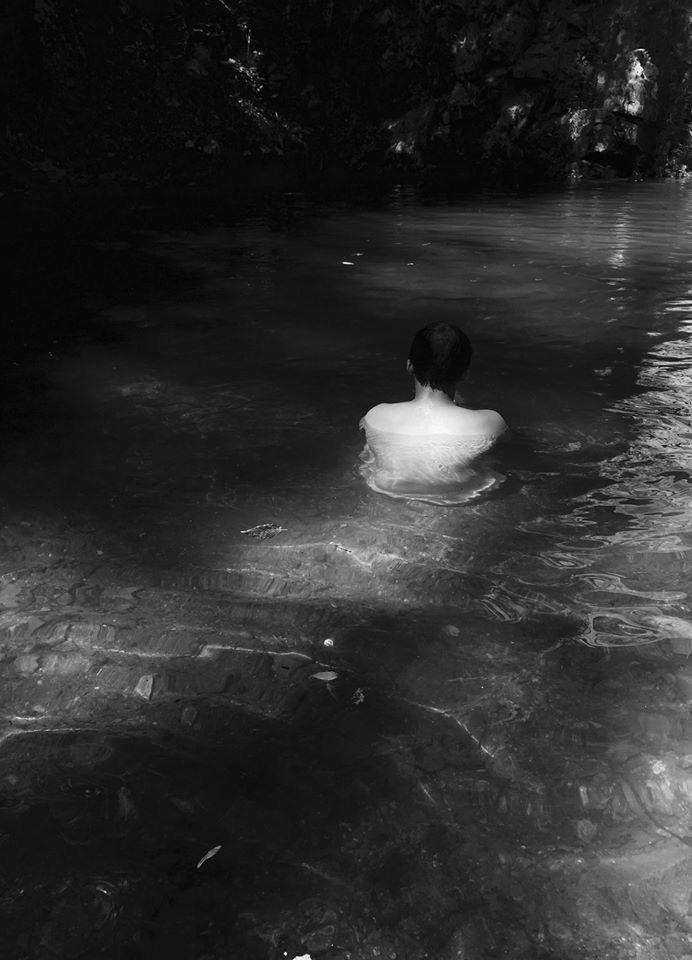Last week’s post was about my experience writing physical intimacy between women, the reaction to my writing when I shared it, and the difficulty of writing away from my heteronormative male libido. I wrote about working hard to back my piece away from dude fantasy land and that I wasn’t totally successful in the effort. Still, progress was made.
One of the very interesting things that happened as I worked on it, read it, worked it, read it, and worked it some more, is that physical intimacy between women shifted towards physical intimacy between human beings. It started to seem natural that women could engage in a profound and satisfying physical and emotional relationship and that I could identify with that empathically. I started to be less the voyeur, and more a compassionate witness.
When I put my piece out into the public, I believed it was plausible, respectful, and well written, but, it felt risky. I was conscious of tackling subject material beyond my direct experience, and acutely aware of the male sexual voyeur perspective it was easy to fall into. I worried about grossly misunderstanding what an intimate physical relationship between two women would feel like to those women. My worst-case scenario was that I was so wrong and disrespectful that a woman would feel compelled to walk up to me and tell me how screwed up I was. Thankfully, this didn’t happen. Instead, the silence was deafening. I suppose that was good news. I was not so egregiously out of line that a woman felt the urgent need to set me straight. But it also did nothing to refine my understanding of my subject matter.
Finally, a virtual acquaintance on one of my social networks, a woman, read it and offered a helpful critique. She told me I hadn’t entirely escaped the male ogling gaze, gave a few examples of where I had not done so, and urged a vocabulary shift. Who knew that “fondle” was loaded with male, heterosexual-lizard-brain, sensibility? When I related this particular insight to my wife, she instantly said she hated the word. I never knew. I was more deeply stuck in the culture of male heterosexuality than I had imagined.
I’ve begun to think of my social media acquaintance as a spirit guide, sent to lead me through the landscape of inter-feminine love and sexuality. She suggested I read LGBTQ+ romance novels and recommended I start with One Last Stop by Casey McQuiston. I immediately purchased it for my Kindle and started reading. It’s wonderfully imaginative and well written. I’ve blazed through half of it already. I just finished the intense and beautiful climactic sex scene. I was able to stay in the place of compassionate witness as I read. My education is accelerating.
This leads me to thoughts about the profound importance of literature in developing empathy. We spend our lifetimes steeping in cultural cosmologies1 that become gated communities of belief where anything outside the gates is foreign, even dangerous. Some of us have expansive cultural cosmologies with highly permeable membranes around them. Some of us have tightly limiting cosmologies with hard exoskeleton membranes and little permeability. The majority of us are somewhere between. Literature is often the way hard, permeable exoskeletons are avoided or softened.
To understand what it feels like to be in someone else’s shoes, read accounts of it by talented authors who’ve had that experience or have done the work it takes to write an honest and empathetic portrayal of it. And write about it yourself. Nothing lets you walk a mile in another’s shoes quite the way imagining and writing about it does.
Which brings me to the current far-right efforts to ban books that have anything to do with rendering a cultural cosmology other than one based on a cisgender, white patriarchal, christian experience. And, the more liberal among us should not get smug. While the present book banning efforts may be largely from the far right, it is not unknown on the left side of the equation. Huckleberry Finn has been the target of banning efforts throughout its history and is presently a banning target of culture warriors from the left.
Having access to literature that helps us occupy the space of alien-to-us ways of being is of profound importance to the development of tolerance and understanding. If I were teaching creative writing to young people, I would start at an early age and have them write age-appropriate pieces where they are asked to imagine life in another person’s or creature’s shoes.
Humanity is a beautiful mosaic. As long as another’s way of being in the world doesn’t cause physical or psychological damage to those around them, all ways of being should be tolerated. We should aim to educate as broadly as possible in the variety of ways one can be. Children in particular, at appropriate ages, with appropriate guidance, should be allowed and encouraged to inhabit a multitude of ways of being, as they work out what their way of being will be.
-
I owe this concept of cultural cosmology to Ryhd Wildermuth’s recent substack post, Political Theology. ↩︎
